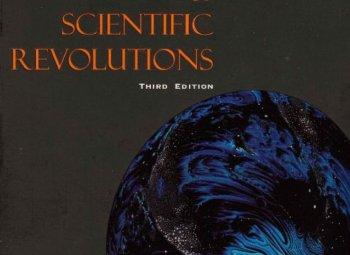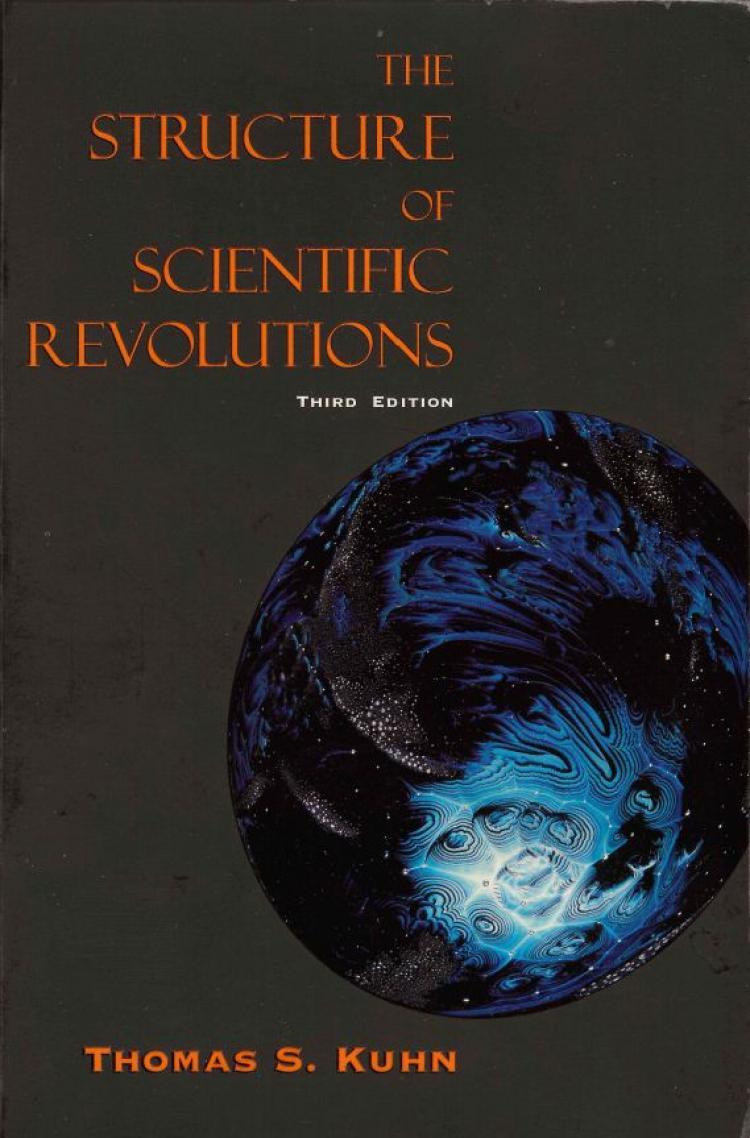The most widely read work on the philosophy of science, was and still is very influential while being widely misunderstood.
In his famed book, The Structure of Scientific Revolutions (Structure for short), Kuhn introduced some controversial aspects of science while confusing some of his points, which led to decades of misunderstanding and criticism. Furthermore, Kuhn’s descriptions of what scientists normally do as dogmatic and rigid were not well received by many who celebrated the achievements of science.
He spent much of his later life trying to clarify his views about science while continuing to refine his philosophy beyond Structure. Some of the most lucid clarifications of what he thought about science were revealed in candid discussions not long before his death from cancer in 1996.
Misunderstanding and Criticism
Three decades after the publication of Structure, John Horgan, former senior writer at Scientific American, met Kuhn at his office at the Massachusetts Institute of Technology.
Kuhn explained that the word “paradigm” had become hopelessly overused and was out of control, and it infected the intellectual community, where it came to signify any dominant idea, according to Horgan in his book The End of Science.
In that discussion between Kuhn and Horgan, and elsewhere, Kuhn said that he was partly responsible for the confusion for not using the term clearly and consistently in his original book, Structure. After the publication of the book, Kuhn’s attempts to clarify what he essentially meant by “paradigm” were largely unsuccessful.
Kuhn explained on various occasions that he basically intended for “paradigm” to mean what he called an “exemplar,” a concrete set of examples of problem solving that serves as a model.
A “paradigm” is what you use in the absence of a theory, and it plays a critical role in the development of a scientific theory, according to Kuhn. “You don’t have a structure unless you include in it at least a few examples,” said Kuhn in a 1995 discussion in Athens, Greece, published in The Road Since Structure in 2000, several years after Kuhn’s death.
Many of the early responses to Structure came from social scientists, for which Kuhn was unprepared. Kuhn initially wrote Structure mainly for philosophers, many of whom proved to be highly critical of him, even unfairly in Kuhn’s view.
Charges of “irrationalism” and “relativism” about science were mounted against Kuhn by critics, most forcefully by philosophers. Kuhn’s attempts to deal with some of the charges by explaining at the end of the third edition of Structure that there is progress in science in terms of accumulation of puzzles, did not settle the issues.
According to The Road Since Structure, Kuhn said in the 1995 discussion in Athens: “People treated me as though I were a fool! I want to say, how … could anybody ever have thought that I would believe anything like that! ... I fairly early simply stopped reading the things about me, from philosophers in particular ... I got too angry ... It was too painful.”
The Road to Structure
In a paper, What Are Scientific Revolutions, published in 1987, Kuhn explains the beginnings of writing Structure.
When Kuhn first read Aristotle’s Physics as a graduate student of physics in 1947, he asked himself how much of classical mechanics had Aristotle known to pass on to Galileo and Newton, assuming that progress in science is cumulative, like many of Kuhn’s contemporaries believed. To his surprise, Aristotle seems to have known almost no mechanics at all.
At first, to Kuhn, Aristotle’s Physics appeared to be full of egregious errors in both logic and observation. But Kuhn had doubts about this judgment. After all, Aristotle laid the foundation of ancient logic and contributed to a central aspect of modern biology and much more.
“Might not the fault be mine rather than Aristotle’s, I asked myself. Perhaps his words had not always meant to him and his contemporaries quite what they meant to me and mine,” he said.
As Kuhn was puzzling over this question, a sudden transformation in his perspective on Aristotle’s Physics amazed him.
“My jaw dropped, for all at once Aristotle seemed a very good physicist indeed, but of a sort I’d never dreamed possible ... Statements that had previously seemed egregious mistakes now seemed at worst near misses within a powerful and generally successful tradition.”
From this enlightenment about Aristotle’s Physics, key aspects of Kuhn’s Structure emerged.
He experienced what he would later describe as a Gestalt switch from psychology, in which a holistic change in perspective happens all at once from the same visual data. Furthermore, in this switch, one perspective is replaced with a very different and incompatible one.
He would later explain that scientific revolutions occur in a similar way: Instead of a gradual accumulation of knowledge, science evolves through revolutions that were noncumulative, replacing earlier theories with incompatible ones.
Kuhn’s compassionate consideration of Aristotle’s Physics was also essential to his understanding of ancient physics. He would later relate this experience and his approach to analysis of the history of science with a method applied by sociologists, of letting go of ethnocentric tendencies and putting oneself in the other person’s shoes in order to come to a correct interpretation of the concepts from a different culture.
’Internalist Endeavor’
Kuhn was focused on the internal aspects of science. He was not very interested in just the cold and abstract packaging of scientific theories. Instead, he was far more interested in the inner minds of practicing scientists as real people who are socialized into a culture with attachments and values. For Kuhn, even the so-called objective scientific facts and data are never independent of a subjective framework of personal beliefs.
In the 1995 discussion in Athens, Kuhn recalled that while historian and philosopher of science Alexander Koyre was sick and dying, he wrote to Kuhn, saying, “You have brought the internal and external histories of science, which in the past have been very far apart, together.”
Kuhn said that he never intended to bring the two areas together because he always considered himself an “internalist,” and that his book Structure was as an internalist endeavor.




